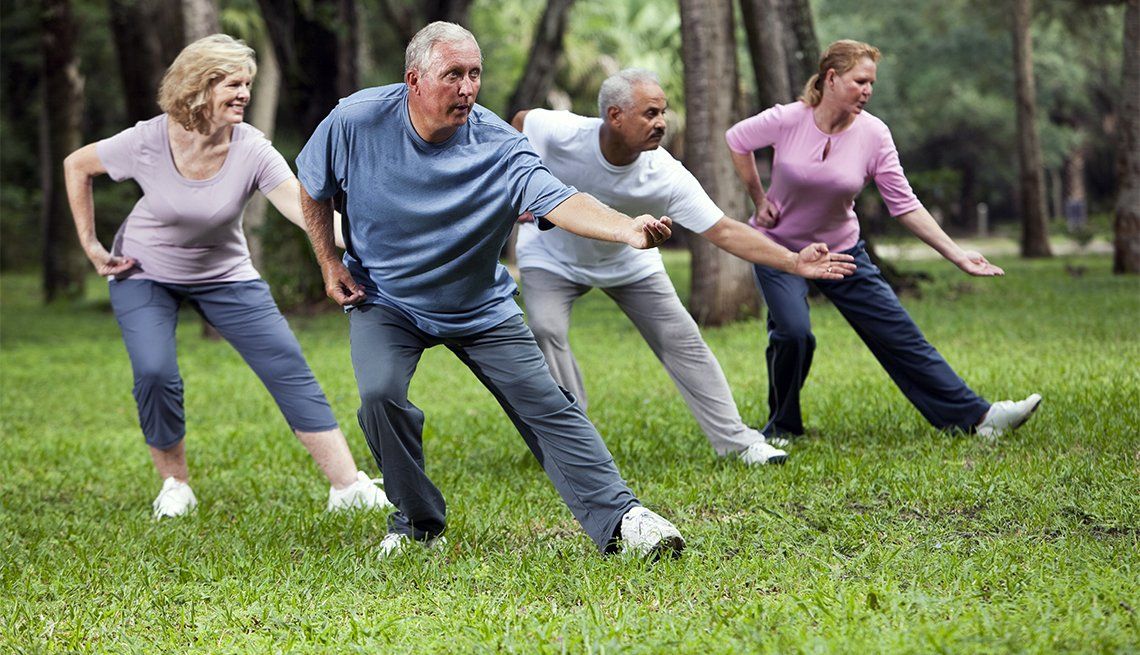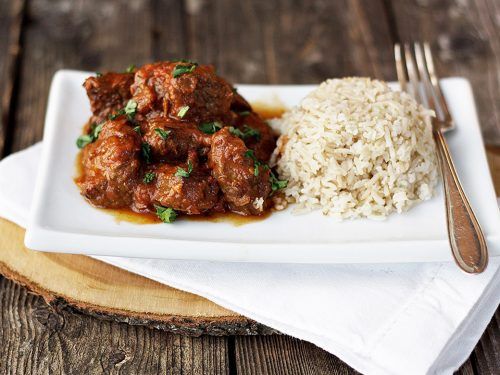
“Slap some ice on it, you’ll be alright!”
We all know the old adage of R.I.C.E as being the one and only acronym to aide with the recovery of an acute injury. While the concept of RICE (Rest, Ice, Compression, and Elevation) has made sense as the most popular protocol in the past, it is now being challenged and should not be the only tool in your professional bag.
Actually, R.I.C.E. may potentially slow the speed of recovery. While Rest may initially reduce aggravation or exacerbation of pain in the injured area, it will also limit movement and promote loss in range of motion. Ice is another element that can initially help reduce pain levels and edema but can actually hinder the recovery process as well. Ice constricts blood vessels which restricts blood flow and subsequently limits healing factors from reaching the affected area. Compression and Elevation can also limit the blood flow to the affected area. All of these factors may contribute to a slower healing time and slower return to activity.
Although the R.I.C.E. method has been widely used for a long time, the research has not been able to conclusively document its effectiveness. This does not completely invalidate the R.I.C.E. method however, there is another method demonstrating greater promise.
M.E.A.T. is the newest concept on the PT block.
M.E.A.T. stands for Movement, Exercise, Analgesia, and Treatment . Ligaments and tendons are known for having extra elasticity due to their collagen based roots, but both have a poor and more indirect blood supply. Through Movement we can increase circulation of blood and decrease the likelihood for scar tissue build up while also focusing on preserving and improving range of motion. Exercise, another major component of M.E.A.T., will help decrease the loss of muscle function, improve movement quality as well as increase range of motion. The A in M.E.A.T. is Analgesics and should not be confused with NSAIDs or narcotic medications. The analgesics I am referring to are typically topical creams, TENS(electrical stimulation) units, and even proteolytic enzymes/supplements. Analgesics reduce pain which allow for improved movement and exercise participation. The “T” is for Treatment. Evidence based treatment plans created by a trained professional can dramatically improve healing time and facilitate return to activity. Skilled clinicians can create home exercise programs and perform manual therapy techniques to aide with the recovery process, reducing your time on the couch.
“So what should we use?”
R.I.C.E and M.E.A.T are both tools to be placed in your toolbox for dealing with acute injury. We are seeing that the M.E.A.T. method may possibly demonstrate better overall outcomes however there is still a place for R.I.C.E. depending on the nature of the injury. Knowing and understanding these methods and that neither are currently the Gold Standard gives you options on how to address the injury. Seeking the assistance of a Physical Therapist can also be a key component in recovery and help you return to what you enjoy doing, faster.
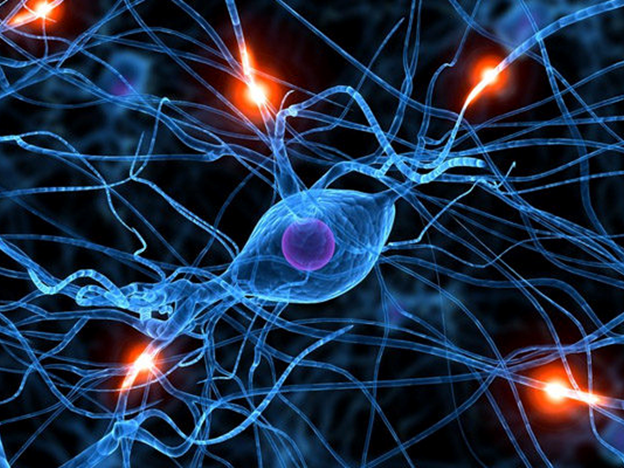
What Is Peripheral Neuropathy?
The Mayo Clinic defines Peripheral Neuropathy, PN, as damage to peripheral nerves, causing weakness, numbness, and pain in the hands and/or feet, as well as, other areas of the body. The function of peripheral nerves is to send messages from your brain and spinal cord to your body.
Types of nerves affected:
- Sensory nerves that receive sensations like pain, temperature, vibration, and touch.
- Motor Nerves control muscle movement.
- Autonomic nerves that control body functions like blood pressure, heart rate, digestion, and bladder.
What are Some Causes of Peripheral Neuropathy?
The Foundation for Peripheral Neuropathy estimates than 30 million Americans suffer from PN. There are several main causes:
- 60-70% Diabetes
- 23% unknown
- 10% Chemo-induce
- 2% HIV/AIDS
- 5% other.
What are the Signs and Symptoms of Peripheral Neuropathy?
- Numbness/tingling in hands, feet, arms and legs
- Sharp, shooting, freezing or burning pain
- Sensitivity to touch
- Lack of coordination and falling
- Muscle weakness or paralysis
How can Aviator Home Health Help??
The Aviator clinical team can play a vital role in working with you to set up a personalized treatment plan for your specific needs and goals. With the collaborative approach of our therapists and nurses, we can help improve function and daily activities affected by PN. Our therapy team utilizes an evidence-based manual therapy/ corrective movement approach to improve:
- Balance/coordination to address fall risk
- Strength for return to functional activities
- Flexibility/mobility for improved muscle length and joint range of motion in order to allow for improved mechanics with movement
- the quality of your walking
- Aerobic conditioning to increase cardiovascular endurance
What does the Research say?
- 2006 study showed that a brisk walking program improved nerve conduction velocity and decreased incidence of motor and sensory PN.
- 2012 study states: “Evidence demonstrates that strength and balance training is safe and effective at reducing falls and improving lower extremity strength and balance in adults over 50 years of age, who are at high risk for falls, including persons with diabetic peripheral neuropathy”.
- Foundation for PN reports “Research has shown that strengthening exercises for PN moderately improves muscle strength in people with PN. Exercises to help PN done regularly may reduce neuropathic pain.”
- A 10-week supervised aerobic and resistance exercise program found significant improvement in measure pain, neuropathic symptoms with diabetic PN.
What Can You Do?
If Peripheral Neuropathy is something you struggle with, physical therapy can help. Aviator Home Health is ready with a team of highly trained clinicians that can assist you with getting back to the highest level of function possible, safely and effectively! Call us!
References
- Balducci S et al. Exercise training can modify the natural history of diabetic peripheral neuropathy. Journal of Diabetes and Its Complications. 2006
- Foundationforpn.org. 2016
- Kluding.P. et al. The Effects of EXERCISE on Neuropathic SYMPTOMS, Nerve Function, and Cutaneous Innervation in People with Diabetic Peripheral Neuropathy. 2013
- Tofthagen. C. et al. Strength and Balance Training for Adults with Peripheral Neuropathy and HIGH Risk Fall: Current Evidence and Implications for Future Research. 2012

The Situation
Falls. This has become such a dirty word. Falls have become a potential fast track in decreasing the quality of life and, in some cases, leading to the end of life. Many studies have been done on the increasing rate of falls in community-dwelling older adults. This age group of our population is growing significantly and the incidence of falls will only continue to rise with that growing population. How do we address this? How can we change the trajectory of someone that falls? Prevention is a key component and that has been focused on….a lot. You know what? People still fall. You know what else? It’s most likely always going to be an issue to some extent. Let’s continue to address prevention but let us also work on being prepared for a fall. Let’s add focus on how to recover well and lessen the impact of a fall. Instead of people being fearful of what they feel they CAN’T do about it, let’s empower people to focus on what they CAN do about it.The Elephant in the room
A significant aspect of the comprehensive assessment for our patients is a fall risk assessment. Most, if not all, of our patients will be assessed for the potential for fall. Our main goal is the safety of our patients and ensuring our patients have the best possible outcomes. Falls can seriously hamper that and potentially add more variables in the rehabilitation process. Number one is your safety. We can not stay stuck there though. It is true we must acknowledge the potential but it shouldn’t paralyze us. It should call us to action. We must shift the focus on DOING something about it. We must embrace it and work with it!
A Call to action!
Alright, so falling is an issue. So what do we do about it? First, we understand the potential for fall and what can contribute to it. By far, the biggest contributing factor is the fear of falling. Many folks that have fallen before become fearful of it occurring again especially if they are not sure what caused it. Understanding this and embracing it is the first step to doing something about it. Poor strength is another major factor. There are several factors that can contribute to this. More and more adults are leading an increasingly sedentary lifestyle. Humans are made for movement. When we don’t move, we lose strength, flexibility, and mobility. As we age, we tend to lose muscle mass (this is called sarcopenia), particularly muscle tissue that is responsible for quick strength or movement. This can lead to a decreased ability to manipulate objects safely or respond to challenges from our environment. Lack of activity and advancing age can contribute to slower functioning of our nervous system which can also lead to diminished response to challenges in our environment. Other contributing factors are poor eyesight, co-existing medical conditions as well as some side effects of medications.Ok, so what’s our plan of attack?!
This is a multi-directional approach but we empower you to attack this and focus on doing what you want to do in order to regain the quality of life you want. Your goals are our goals! Our therapists and nurses will collaborate with your physician in order to help manage your medications and any side effects. We will also help monitor for any issues with your vision that have not been already diagnosed and refer you to your physician so this can be addressed. Next is our bread and butter! Our Physical Therapy team will provide you with professional, individualized therapeutic exercise programming and training that will address your strength and balance deficits. Our clinicians possess advanced strength training knowledge in order to assist you with your goals. We also utilize advanced balance training approaches such as LSVT and Tai Chi. Our therapy team is world class in being able to help you achieve your physical activity goals and decrease your risk for fall.
BE PREPARED!
As I mentioned before, sometimes falls will happen. Again, rather than being fearful, let’s embrace it and prepare for it. We want to prevent as best we can but we must prepare as best we can. Our therapy team is well trained and ready to train you and your family in fall preparedness and floor transfer training. In addition to training strength and balance, we must train skill in being able to fall with less impact and to be able to move back to a seated or standing position after a fall. This includes training family members to assist. Training in these skills helps ease fear, lessen the impact that a fall can have and transfers more control back to you. Falls are no doubt a serious issue but let’s focus on improving the contributing factors and training to be prepared. Be empowered! Focus on what you CAN do and you will be able to do what you WANT to do. Aviator Home Health can help you get there!
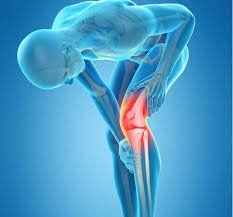
Will I Benefit from Home Health Physical Therapy after a Total Knee Replacement?
The Answer is Yes! Researchers have shown that utilizing home healthcare services after a total knee replacement can greatly improve your ability to perform your daily activities. When reviewing the outcomes from over 5,000 patients whom received total knee replacements in 2012, the results showed that individuals who received 5 or fewer home healthcare visits had a worse recovery compared to those that received additional home health visits. Individuals that received 6-9 visits saw a 25% greater recovery in their ability to perform their daily activities. Individuals that received 10-13 visits saw a 40% improvement, and those that received 14 or more visits saw 50% greater improvements in their ability to perform their daily activities. This includes not only your ability to perform daily activities in and around the home, but also your ability to access the community.
What Can Aviator Home Health do to Help Me?
Our clinical team at Aviator Home Health is an elite group of highly trained and skilled professionals. Our nursing and therapy team will assist with your medication management as well as wound management while working closely with your orthopedic surgeon to ensure a safe recovery. Our therapy team utilizes manual therapy techniques (hands-on therapy), in combination with functional exercises and activities. Research has shown that when individuals receive this combined therapy approach, they have better outcomes over time.
How can I get Aviator to provide my Home Health Care?
Prior to your surgery, you can request to have Aviator provide your home health care. The physician’s office and hospital will arrange for the order to be sent to Aviator. Once you return home, we will schedule with you to provide a comprehensive initial evaluation, which will include home safety and mobility assessments. We will also provide education on initial exercises and swelling management (which is very important in your early recovery). Our assessments, education, and manual therapy techniques will jump start your recovery. At Aviator Home Health, our goal is to help you fully succeed at meeting your goals!
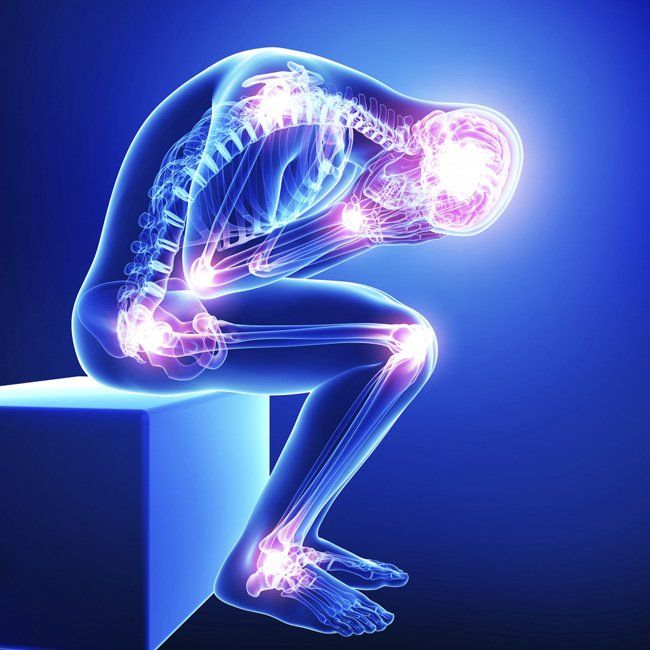
What is Pain?
Pain is described as a physical suffering or discomfort caused by illness or injury. It is inevitable that at some point in every humans life they will experience some sort of pain. The pain maybe acute or chronic but one question we need to shed light on is that of, “Is pain only in your brain?”
What affect can it have on quality of life?
As healthcare providers we use the pain scale in every treatment we embark on. The assessment of pain can ultimately determine the outcome and treatment plan. Often times the rhetoric may go, “Oh your pain is an 8/10 today?” “Ok then we will only do bed exercises today.” Keeping it basic and low level based on the pain level is the thought process we sometimes take as clinicians. However, having a better understanding of pain as a healthcare provider could help produce better outcomes. Likewise it should be noted that patient’s also use the perception of pain to determine the outcome of their day. Pain, for many patients, can also determine the level of day to day activities. “I can’t leave the house today.” “I can’t walk into the church the pain is so bad.” “I didn’t eat breakfast or lunch because of the pain.” Or even, “I had to take 2 extra pain pills today because the pain has been so bad.” Our assessment of pain and the patient’s assessment of pain, however, when looked at in a different light can be retrained. (When viewed in a different light, the assessment of pain for both the clinician and patient can be retrained in order to restore and improve function)
How can we make an impact?
Acute pain for some patients is usually gone in 3 months. Once the pain becomes chronic the patient may have a more difficult time performing functional activities. As healthcare providers when we think outside the box about pain and not just on a 0-10 scale, we can educate the patient and achieve better outcomes. Education of pain pathways and the correct utilization of the pain scale, relaxation techniques, manual therapy, and aerobic exercise all aide with retraining the pain in the brain. Education is the first key in opening the door for better outcomes. Educating the patient on proper use of the 0-10 scale and neural pathways may enlighten the patient that their pain is not as high as they may think. Another useful tool would be teaching relaxation techniques. Calming activities and deep breathing can decrease the heart rate and increase oxygen intake, which ultimately reduces pain perception. Manual therapy is another facet of reducing perception of pain. It is known that soft tissue mobilization(massage) promotes blood flow which in turn increases oxygen to the affected areas and enhances waste removal. Lastly encouraging aerobic exercise is an excellent tool in reducing perceived pain. Endorphine production during aerobic exercise enhances calming factors for the patient that ultimately reduce pain.
The Take Away
So back to the question: “Is pain all in your brain?”. Essentially, Yes. In retraining our brains to think about pain as more than just a scale of 0-10, we can better assist our patient to achieve better outcomes. A subjective 8/10 pain rating can easily be reduced to a 2-3/10 through understanding pain on a broader spectrum. Pain is just a four letter word that has a complex meaning but, as healthcare providers, we can do so much more for our patients with a better understanding of pain. Broaden your horizons and open your mind to the reality of pain.

- Innovative/Integrative Thought Process and Treatment Approach
- Cutting Edge Manual Medicine
- Excellence in Skilled Nursing, Therapy Services, and Home Health Services
- Unparalleled Customer Service


